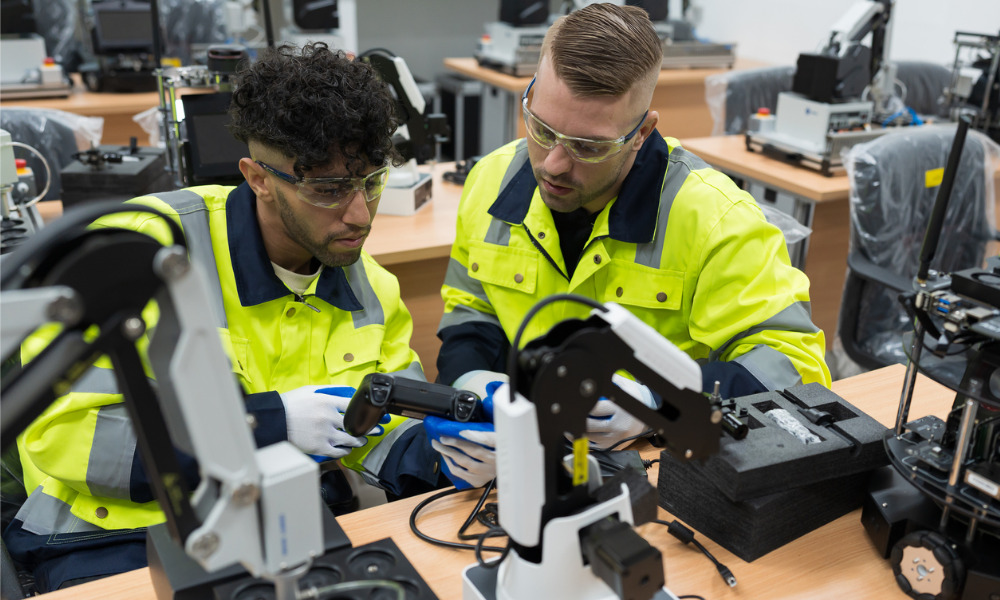How certain workers can be counter-productive to an ownership culture

Most workplaces have that person. The one who knows a lot, performs at a high level, and is frequently praised by management for their productivity. Ken Chapman calls this person the indispensable outlier.
“Every organization that has a dysfunctional culture, to some degree has what's called the indispensable outlier.”
Chapman is an industrial psychologist with more than 40 years of experience working in heavy industry with foundries, generating plants, and paper mills. He focuses on leadership and safety culture.
Chapman discusses the indispensable outlier in a new book titled Safety Beyond the Numbers: A Path to Principled Leadership, which he co-authored with Tony Orlowski, who has a few decades of leadership experience in mining and other heavy industry.

Chapman describes the indispensable outlier as “that team member that everyone thinks they can't do without.” But Chapman argues, not only can the business do without them, but the workplace culture will also improve when they are gone.
“That person they think they can't do without who's indispensable also does not care about the rules, the guidelines, sometimes even the policies, but simply plays outside the lines because they are so valuable, the company will not address the issue. The problem is that person is poisonous to an ownership culture.”
The culture of ownership is familiar to many safety leaders. It’s the main focus of Chapman’s book, and it encourages leaders to move beyond compliance, by creating a culture where employees take ownership of their own safety.
The indispensable outlier inhibits the embrace of ownership culture because they push other employees away. Chapman says they create “prairie dog towns” where employees dig into burrows and pop their heads out a few times a day to get instructions to do their job.
“Their goal is not to do a great job. Their goal is to stay off the radar of the indispensable outlier,” explains Chapman, who says when those individuals are gone, employees feel safe to contribute.
“Every time the person who is thought to be an indispensable outlier leaves, everything gets better.”
Does that mean the indispensable outlier should be removed, laid-off, or worse, fired? Not necessarily says Chapman. “We recommend the indispensable outlier always be given a chance to change.”
Leaders need to have a tough conversation with that person. Chapman says it can go something like this; “You do an outstanding job with A, B, and C. But we want you to understand that the way you deal with D is a potential deal breaker.”
Maybe it’s training others, mentoring younger workers, or following all the rules all the time. Chapman says it’s important they know they will be rewarded if they change.
“If the indispensable outlier, with the support and direction of the company will do that, that's the ideal,” says Chapman, but he warns these people don’t change as often as leaders hope.
“About 30 to 40 percent of the time… once the indispensable outlier understands this is not negotiable, they will change. But about 60 to 70 percent of the time they will not.”
Who is the indispensable outlier at your workplace? Is their knowledge, expertise, and productivity more important to the business than the safety culture?





